As a developing economy, India has numerous developmental aspirations. How India meets these goals without worsening the climate crisis is at the heart of CSTEP's work. Addressing climate change and enabling a secure and sustainable future for Indian citizens require an overhaul of previous paradigms on development and resource utilisation. This is reflected in our work on developing low-carbon trajectories for development with an emphasis on nature-based solutions.
We are working with state governments across India to build capacity on risk and vulnerability assessments to inform their respective action plans on climate change. The transition from fossil fuels to renewable energy is crucial to achieving a secure and sustainable future. CSTEP's studies explore the possibility of a greater integration of renewables in the energy sector.

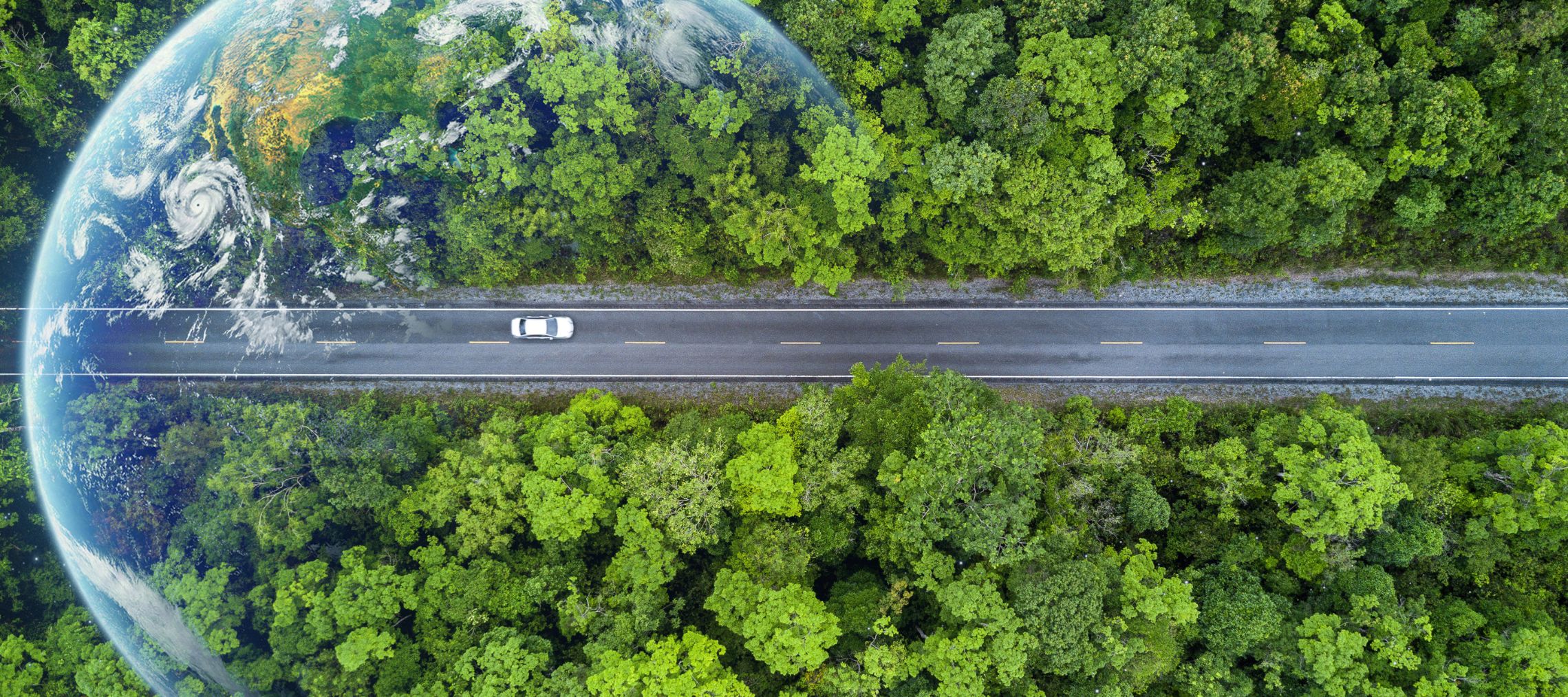
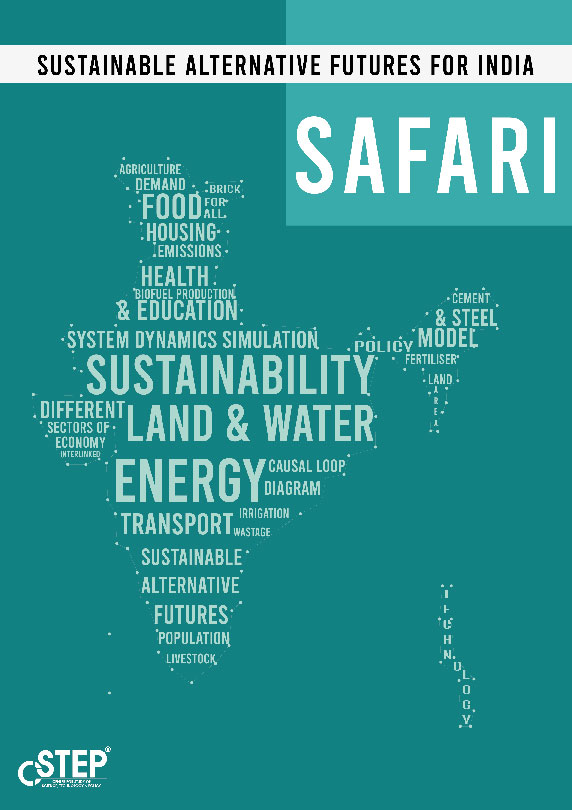

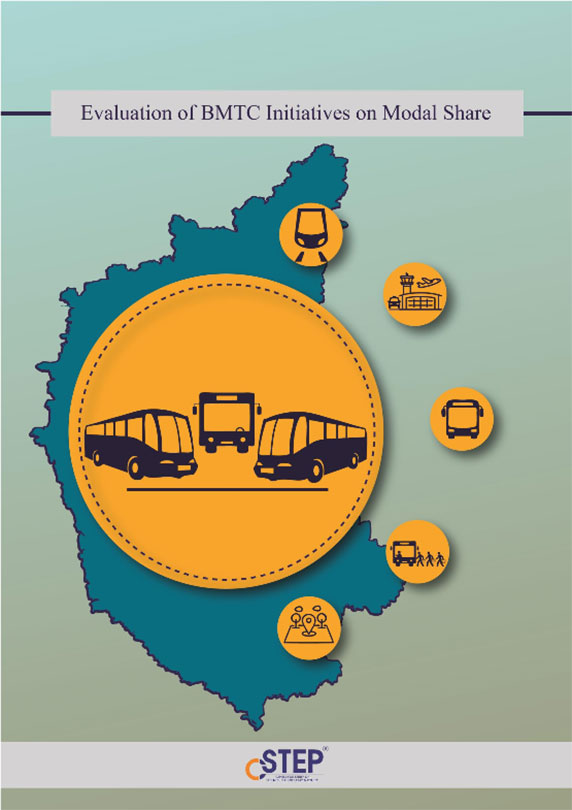
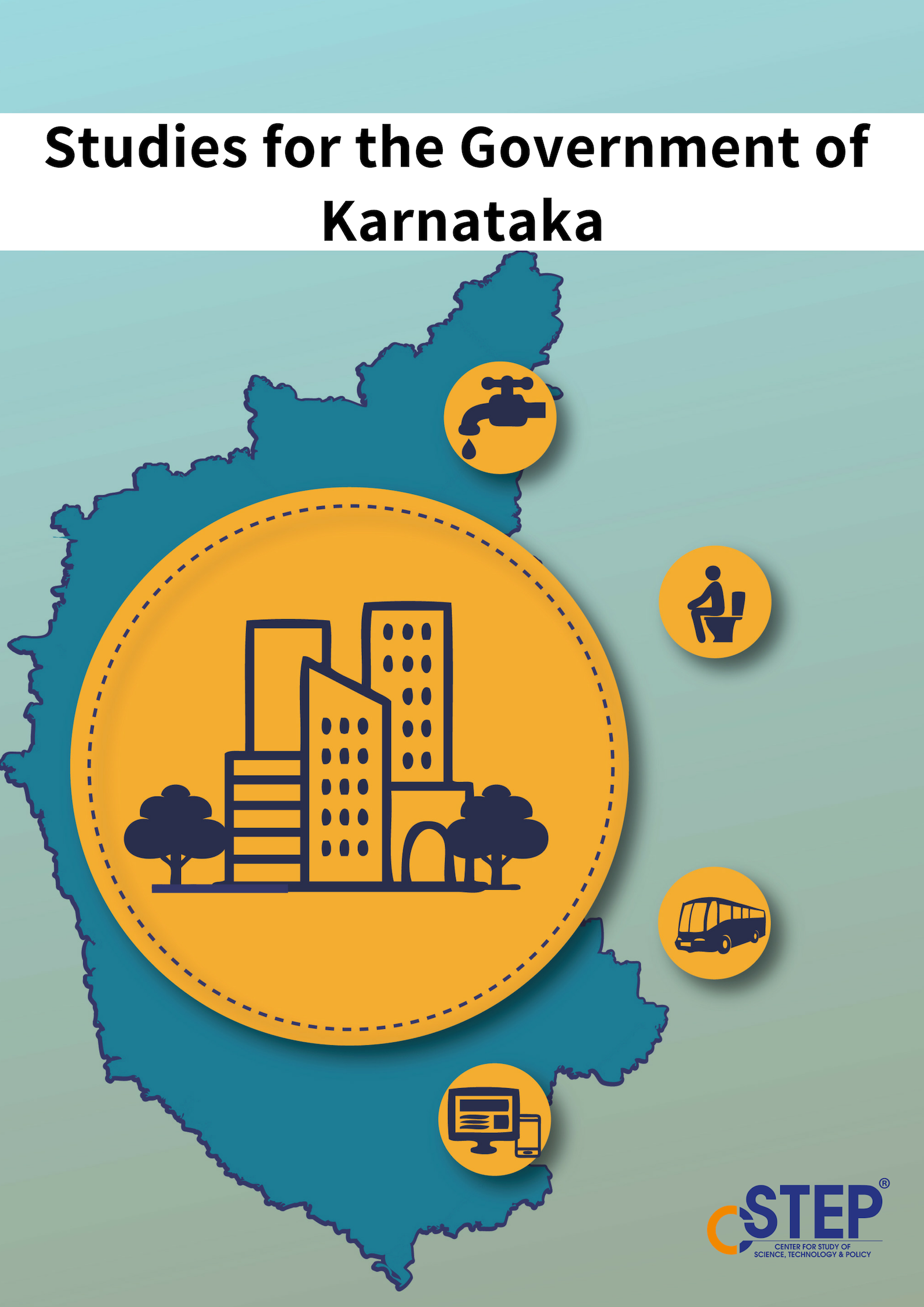

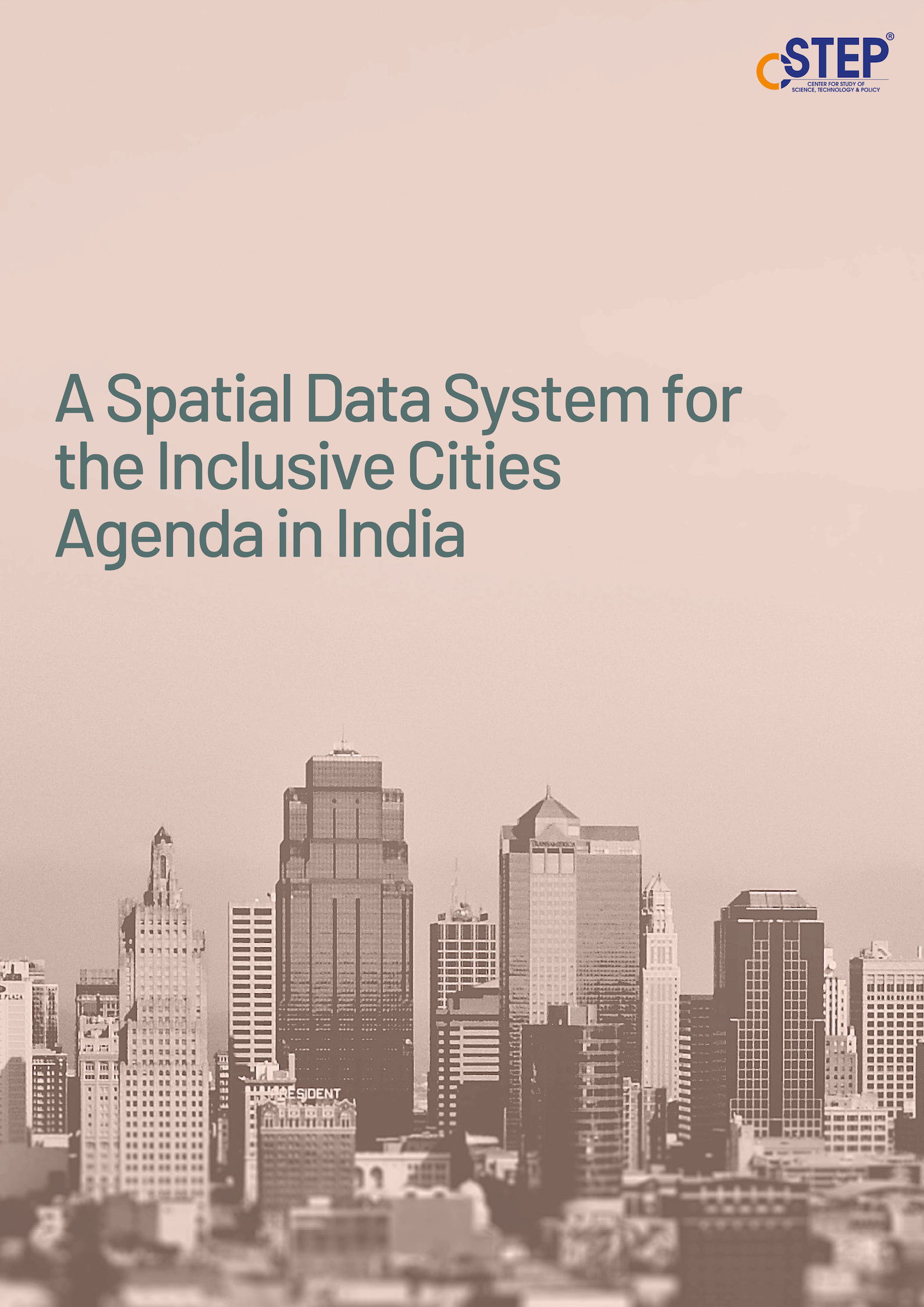
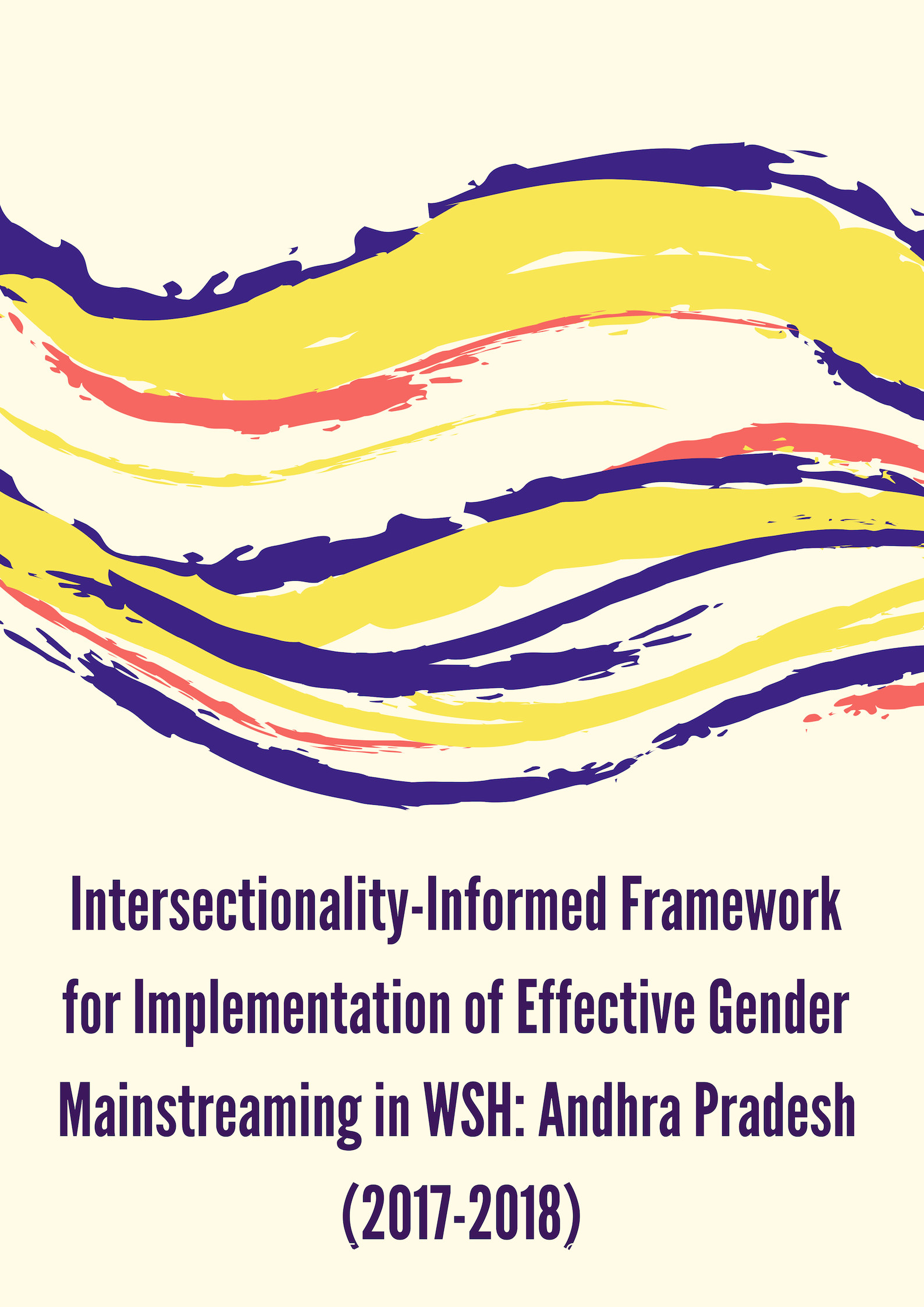
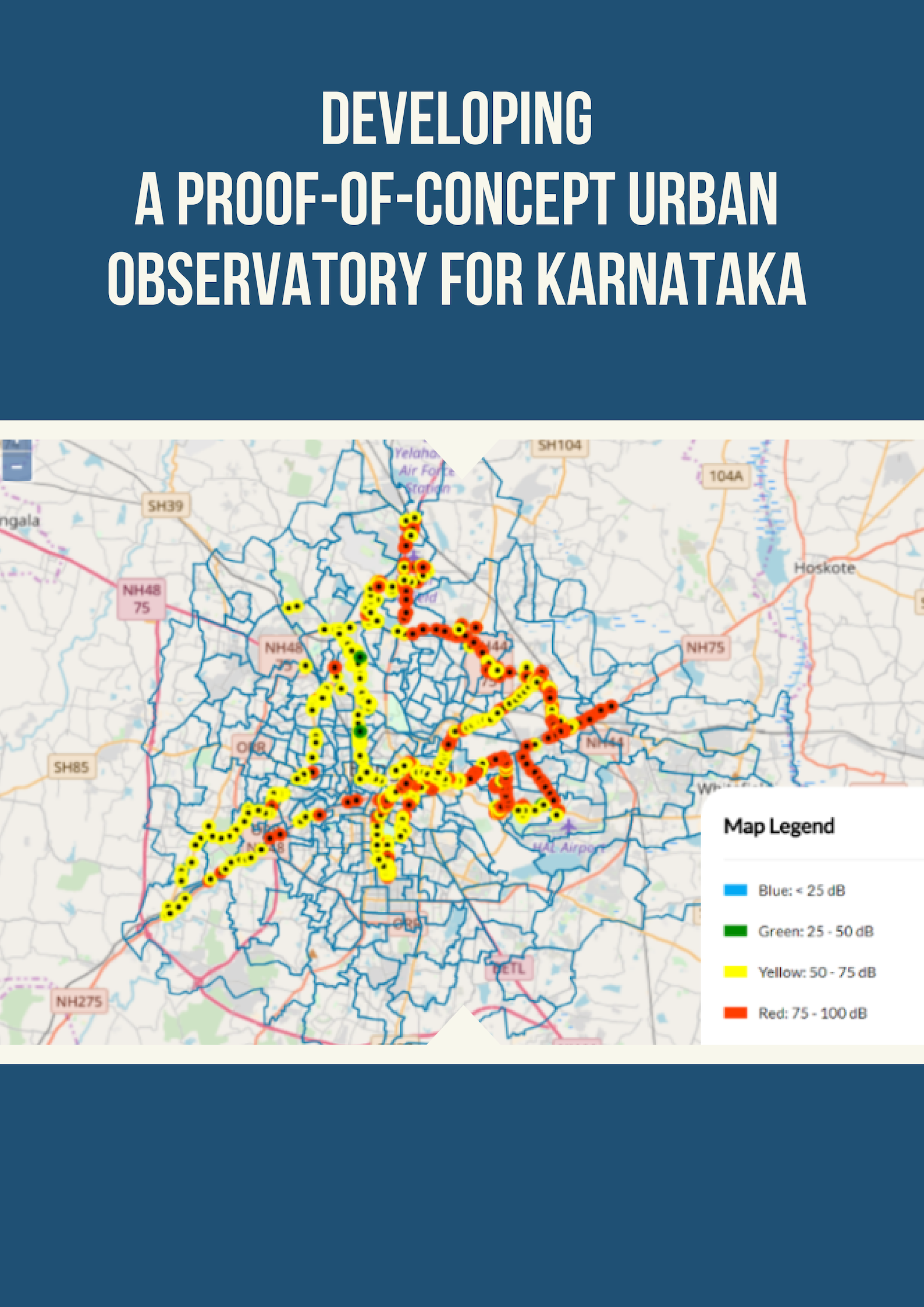
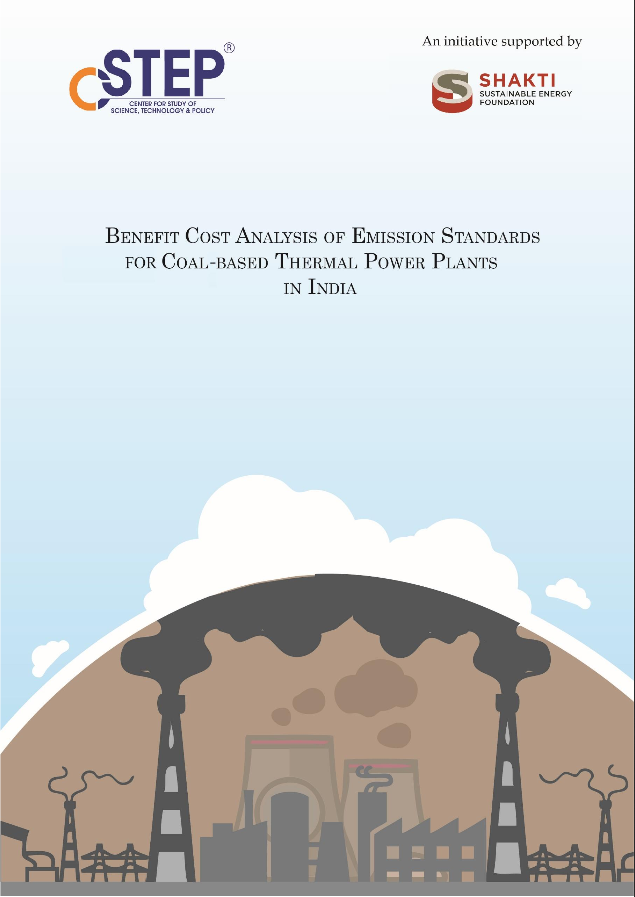


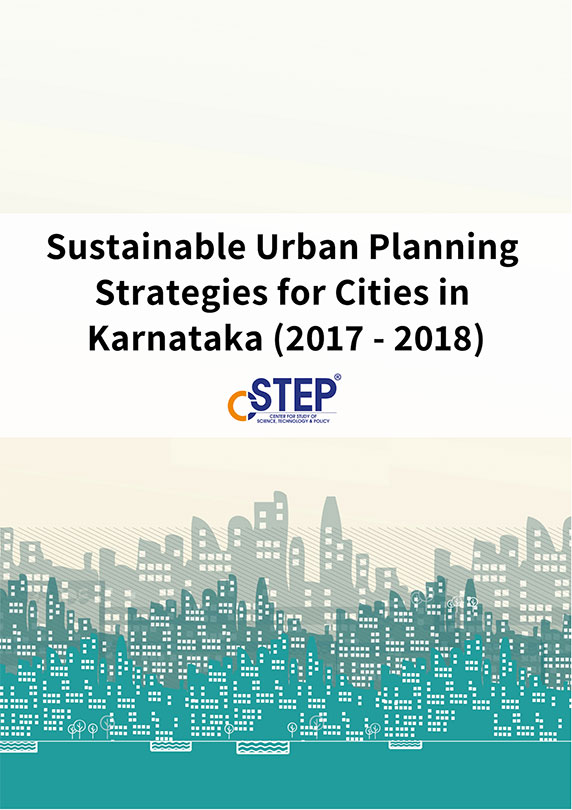



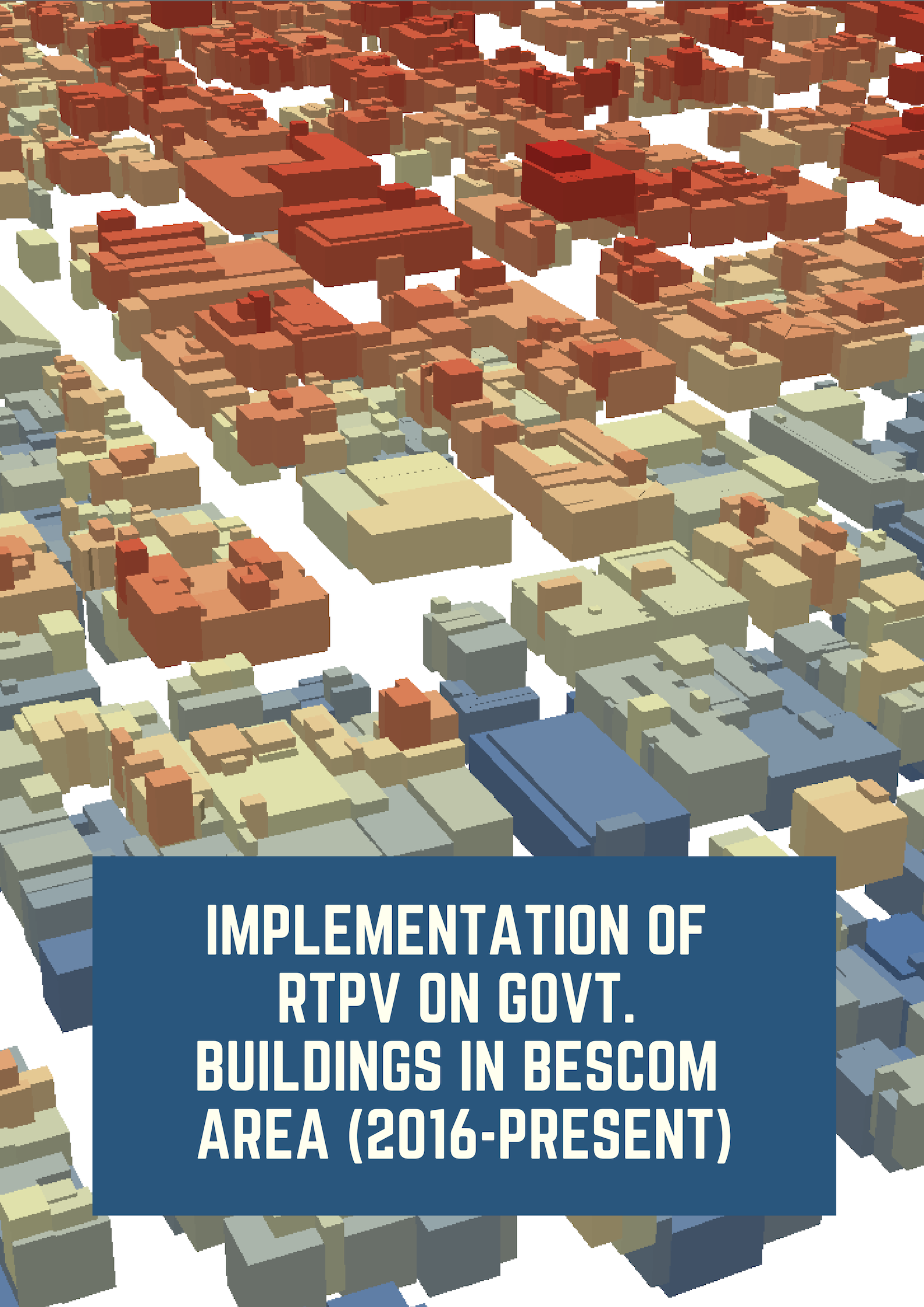
Why a net-zero vision should drive India’s climate strategy
Globally, efforts are underway to prepare country-level climate strategies in the run-up to the 26th UN Climate Change Conference of the Parties (UNFCCC COP26) at Glasgow in November this year. But, like several developing countries, India seems to be taking a wait-and-watch approach to submit its long-term strategies (LTS) under the Paris Agreement. The Agreement urges all Parties to ‘formulate and communicate their long-term low greenhouse gas emission development strategies’.
Climate Risk Profile for Power Sector in Karnataka
Power infrastructure, which includes assets for generation, transmission, and distribution of power, is vulnerable to manifestations of climate change. Data from the International Disasters Database shows that during 1998–2017, India experienced an average of 16 extreme weather events resulting in a total economic loss of USD 45 billion, compared to an average of 10 events during 1978–97 with USD 20 billion in losses. Extreme weather events in the last two decades have resulted in loss of lives, decreased agricultural productivity, and infrastructure damage.
Climate change: How infrastructure can weather the storm
Riding on its vision of an Atmanirbhar Bharat, the government of India recently announced a slew of projects in the budget to reboot the economy, which went slack because of COVID. These projects, including the National Infrastructure Pipeline to 7,400 projects, the Atal Mission for Rejuvenation and Urban Transformation (AMRUT), and Smart Cities Mission, offer an opportunity to mainstream climate risks and nature-based solutions (NbS) into infrastructure.
High‐resolution Climate Change Projection of Northeast Monsoon Rainfall over Peninsular India
In this study, projected changes in mean northeast monsoon (NEM) rainfall and associated extreme rainfall and temperature events, over peninsular India (PI) and its six subdivisions are quantified. High‐resolution dynamically downscaled simulation of Weather Research and Forecasting (WRF) regional climate model driven by the boundary conditions from Community Climate System Model version 4 (CCSM4) model (WRF‐CCSM4) is compared with statistically downscaled simulations of NASA Earth Exchange Global Daily Downscaled Projections (NEX‐GDDP).
PM2.5/PM10 ratio characteristics over urban sites of India
• PM2.5/PM10 ratio characteristics over India using multi-site and multi-year data.
• Suppressed PM2.5/PM10 ratio variations compared to that observed in PM concentrations.
• MERRA-2 derived PM2.5/PM10 ratio found to be overestimating during colder months.
• Weak relationship between the PM2.5/PM10 ratio and meteorological parameters.
How Vulnerable Are India’s Himalayan Region States to Climate Change?
In 2018, a group of academic institutions initiated a project to build capacities of the 12 Indian Himalayan Region (IHR) states through robust assessments of climate change vulnerability, adaptation planning, and implementation. A standardised assessment of vulnerability allows stakeholders to compare vulnerability across states, probe what has caused their vulnerability, and investigate how they might address these vulnerabilities.
Agroforestry to Achieve Global Climate Adaptation and Mitigation Targets: Are South Asian Countries Sufficiently Prepared?
Traditional agroforestry systems across South Asia have historically supported millions of smallholding farmers. Since, 2007 agroforestry has received attention in global climate discussions for its carbon sink potential. Agroforestry plays a defining role in offsetting greenhouse gases, providing sustainable livelihoods, localizing Sustainable Development Goals and achieving biodiversity targets. The review explores evidence of agroforestry systems for human well-being along with its climate adaptation and mitigation potential for South Asia.
